Should You Not Carry a Gun?
September 15th, 2022
5 minute read
The infamous words of Doc Holliday from the 1993 blockbuster western Tombstone resonate with all who train for that fateful moment when it might be time to go to guns.
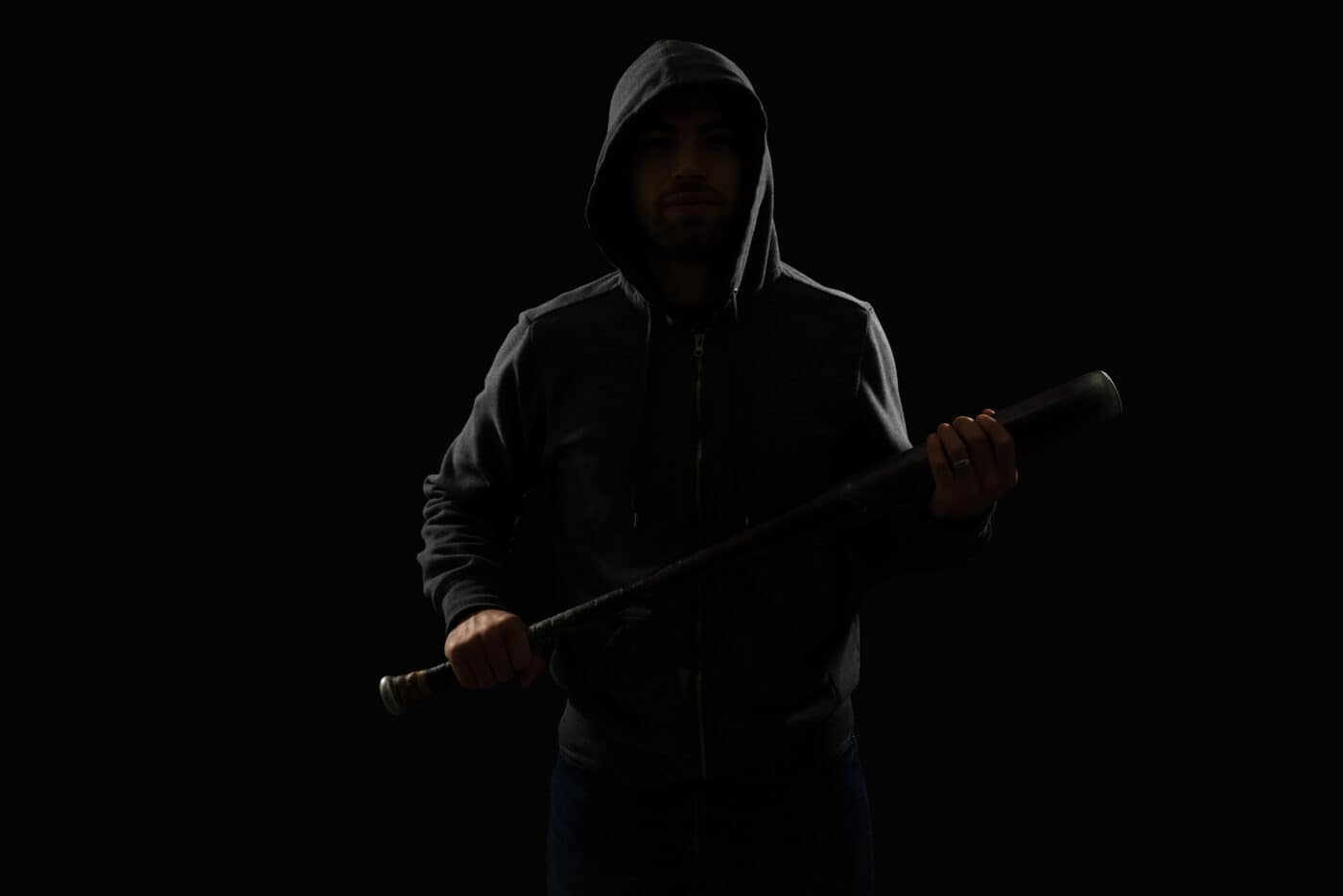
In the movie, when Doc Holliday uses the phrase “Say When”, he already knows it’s about to go down. He is prepared to engage a deadly threat with everything he’s got, both mentally and physically. Referencing an actual quote from the true historical gunfighter Wyatt Earp, Doc Holliday is a gunfighter who plans on “…going into action with the greatest speed of which a man’s muscles are capable, but mentally unflustered.”
Being Prepared
According to the experts like Earp who’ve been there, done that, checked off that box, have the t-shirt and the shorts, if you intend to engage in personal combat with a firearm, you best be prepared both physically and mentally.
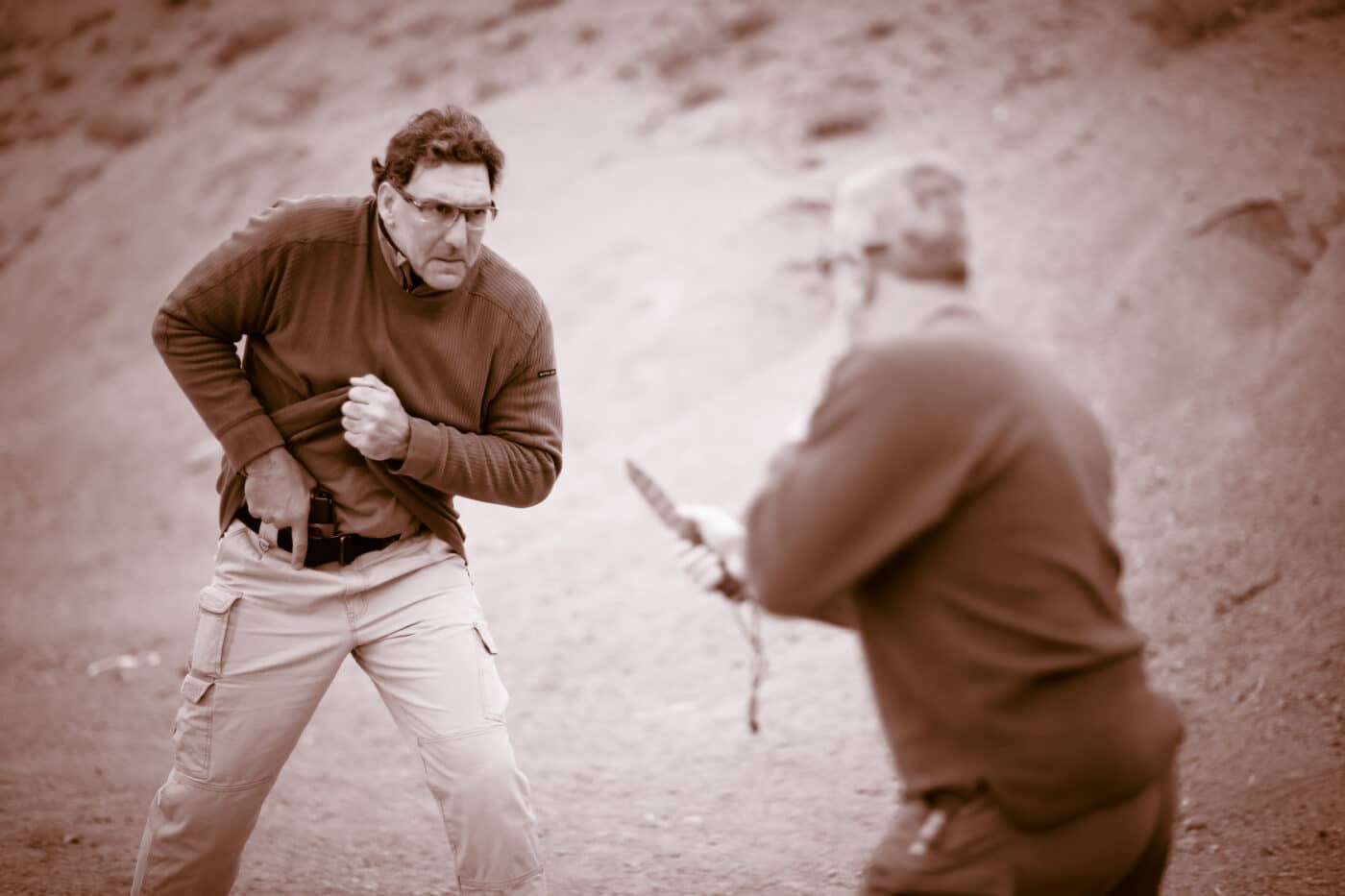
Physically speaking, there are only two types of people in the world — those who train and those who do not. All things being equal, victory favors the better-trained fighter. Technical skill and conditioning are part and parcel of being physically prepared.
Equally as important as the physical aspect is the mental one. Are you at peace with taking the life of another human being if you were faced with the prospect of death or severe bodily injury? Only you can answer that question.
Let’s say you call yourself mentally and physically prepared to engage a violent physical threat, when should you?
Judgment
Knowing when to go to guns and when not to go to guns is the result of a decision-making process. The process is bound by two factors — time and consideration.
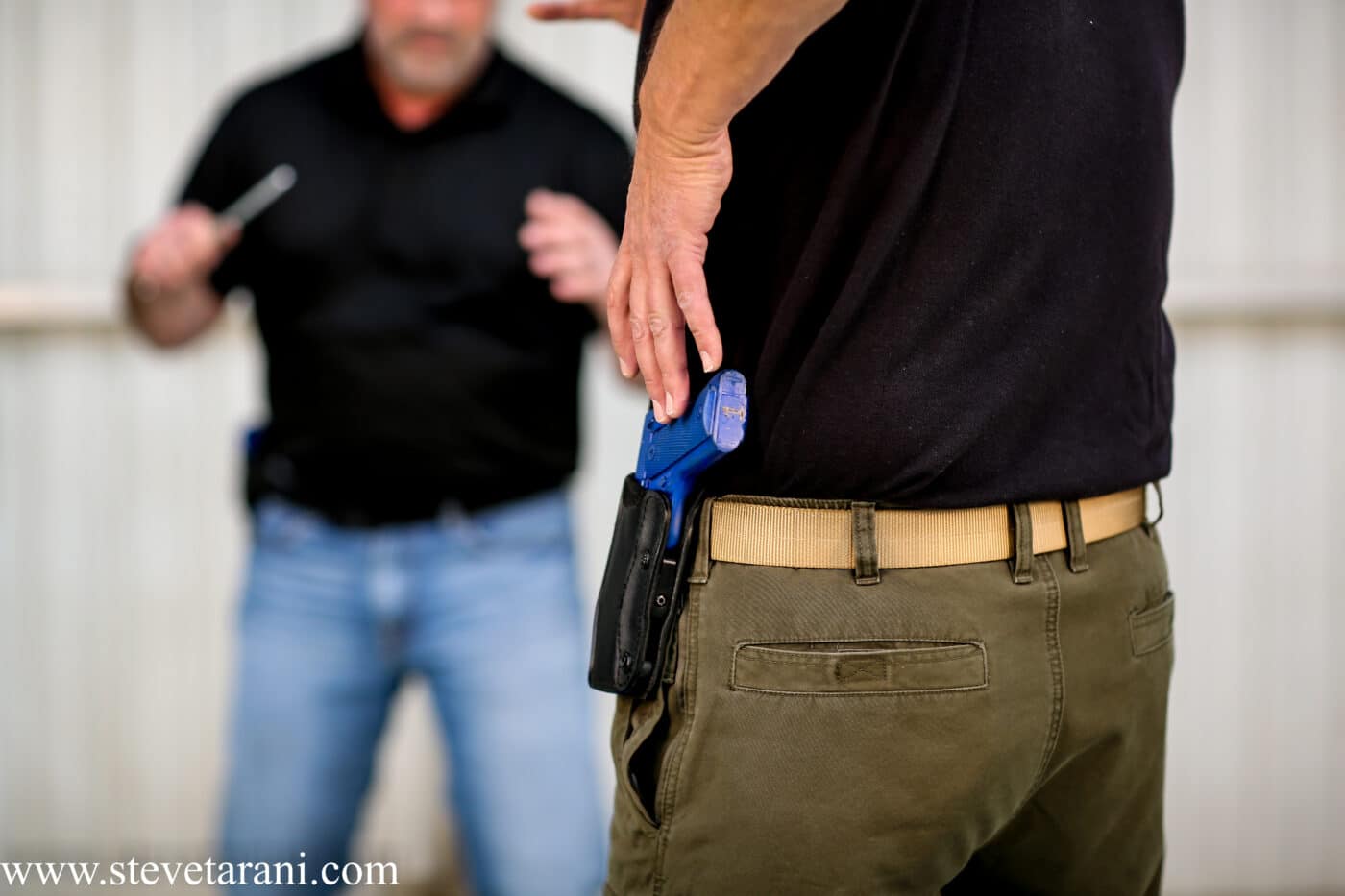
When deciding, we form opinions and choose actions via mental processes which are influenced by biases, reason, emotions and experience. When people are placed in a familiar situation, their decisions are often fast and automatic, based on longtime experience with what works and what doesn’t work. However, when encountering a situation never seen before, they have to take time to weigh the potential benefit and risks when choosing a course of action.
Since the average defensive shooter may not have dozens of life and death gunfights under his or her belt, what then are these considerations and how do you make a gunfight a “familiar situation”?
Consideration
The first and foremost consideration is to ask yourself the question, “Is this an actionable item?” In other words, does this tactical problem warrant a shooting solution or an alternative solution? If one of your options is to not risk being shot or shooting anyone else, then why not choose that option?
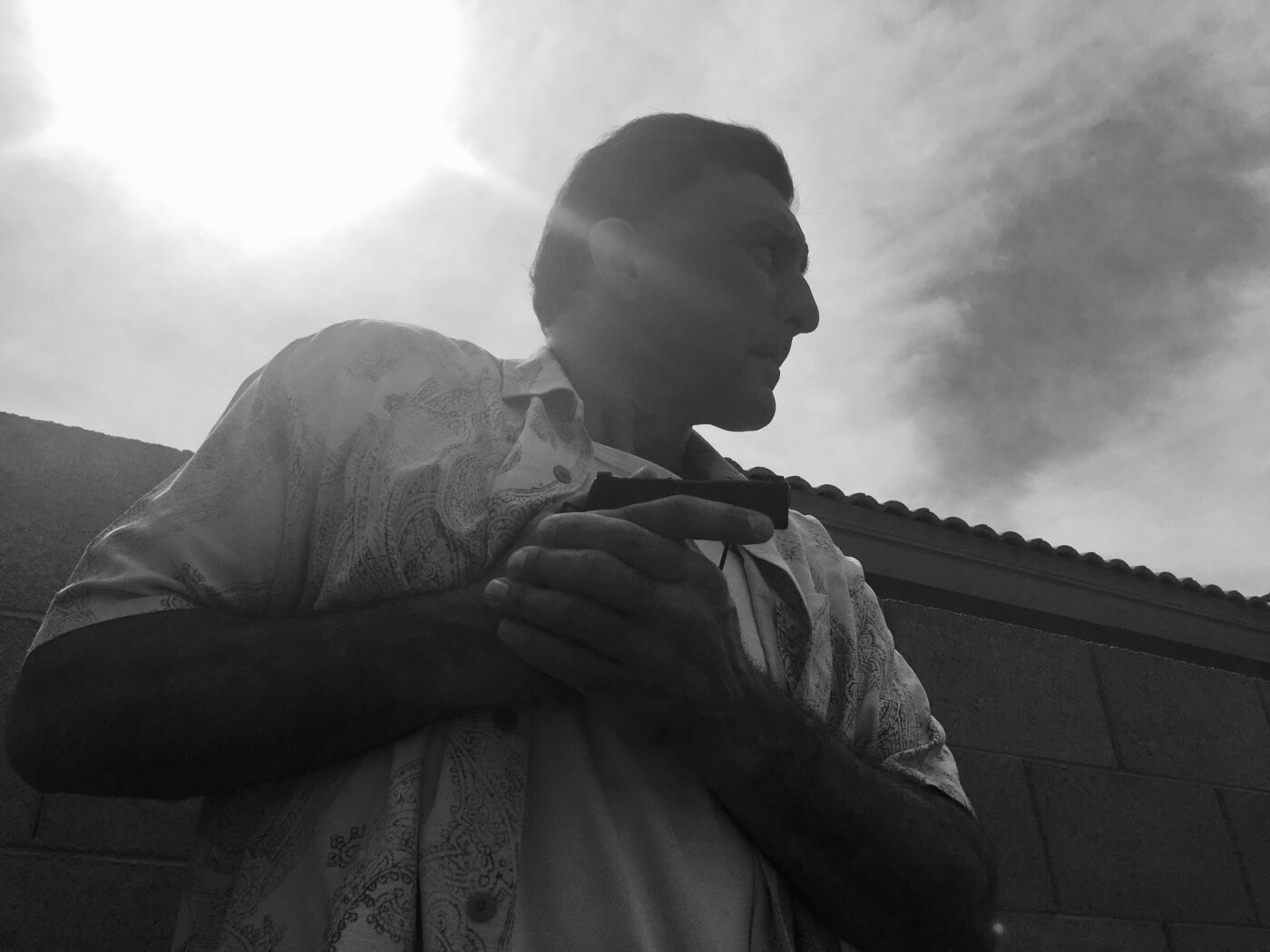
Case in point. About a year ago, I had a student attend one of my firearms training classes who found himself in a nasty situation. The perpetrator confronted him and demanded his wallet. Given additional contributing factors, I believe it was a situation that warranted a firearm response, and it would have been a justifiable shooting.
However, thinking further along the timeline my astute pupil realized the long-term repercussions of dropping this bad guy. He, therefore, kept his readily accessible weapon in his holster and handed over his wallet. His phone wasn’t on his person at that time, but he later canceled his credit cards after the perp vacated the area — luckily only getting away with about $100 for his troubles. Looking back on the situation, he said it was the best decision of his life.
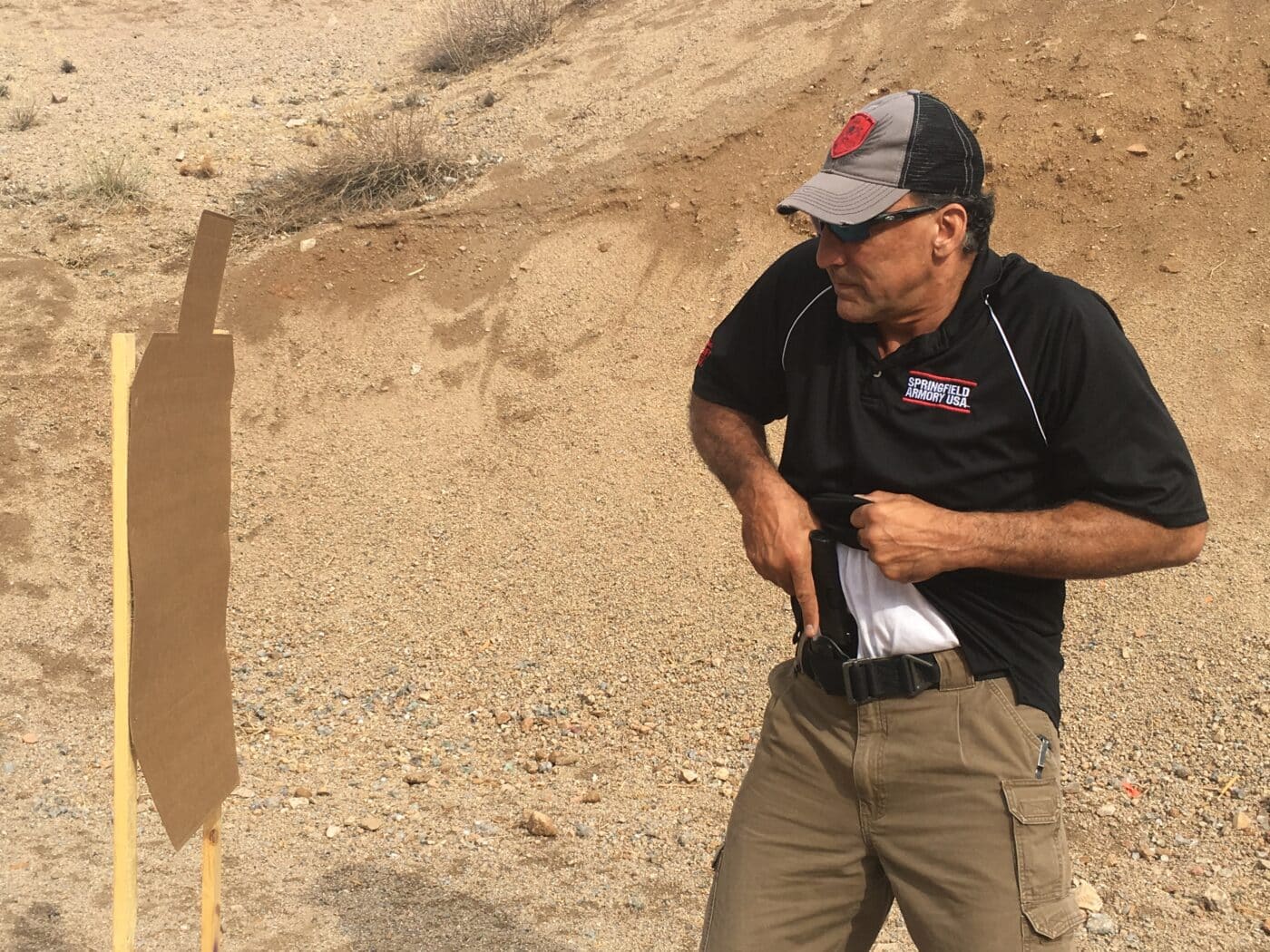
On the other hand, if you have exhausted every possible alternative except for stopping the threat with your firearm, then what are your shooting considerations? If you must go to guns, you first need to decide, “can I make the shot?” Your considerations should include use of force, target difficulty and technical skill.
Use of force is a two-fold consideration. When the videos of the fourteen people recording this incident on their cell phones are presented to a jury at your trial, would they determine this to be a justifiable shoot? Would a reasonable person placed in the same situation, make the same decision?
Does the situation truly warrant the deadly use of force? Providing it does, next would be your tactical considerations such as: Is there an adequate backstop? Are you behind cover? Are you in an optimal shooting position — kneeling, standing, seated, etc.? What is the target difficulty such as size, movement, distance, and the price tag for failure? Do you have the technical skill to make a 15-yard moving head shot in a hostage situation?
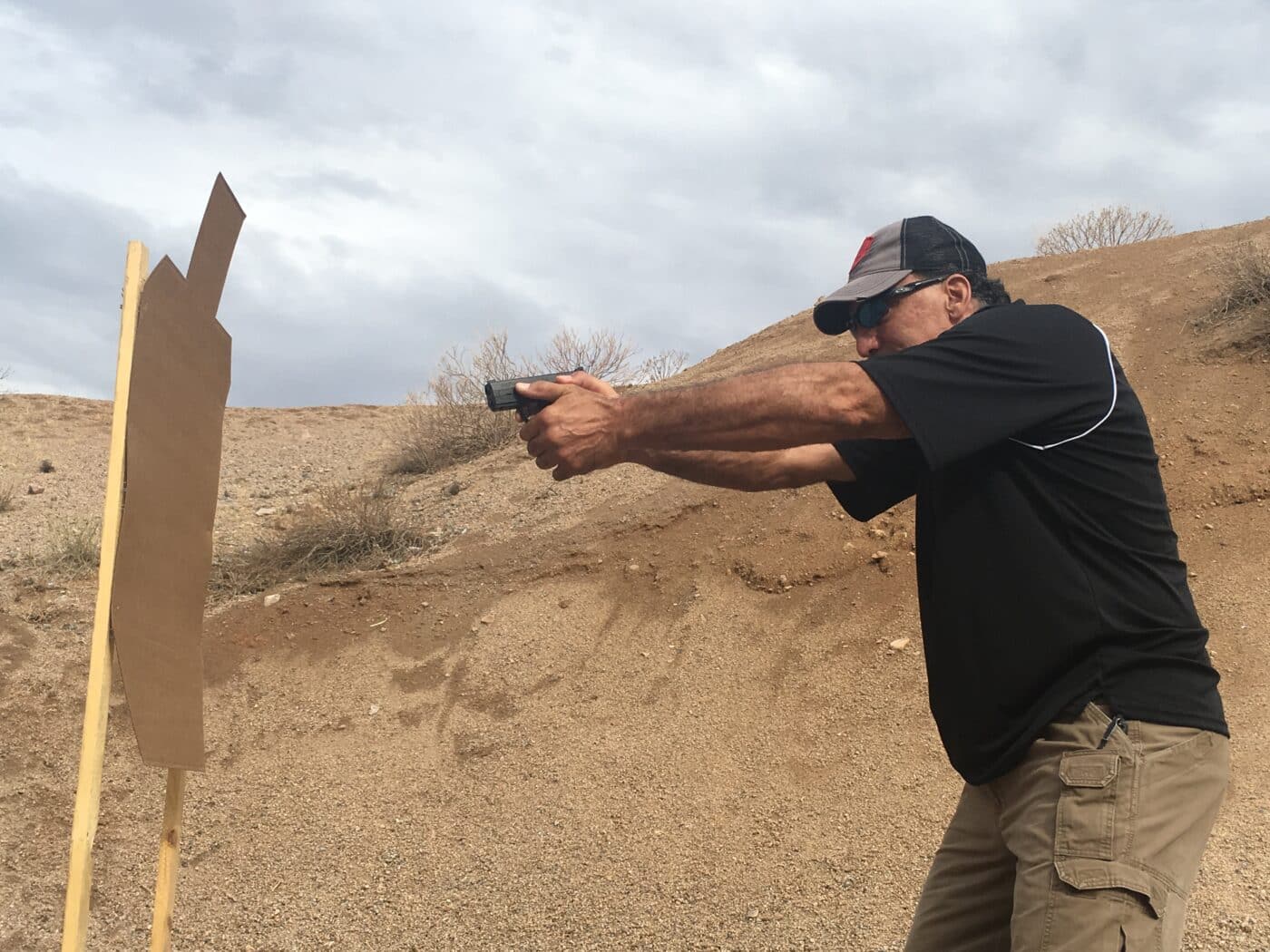
Given all the above you cannot disregard time as a critical component. In a real-world altercation, the bad guy always has the initiative because he or they determine what location, what time of day, who they are attacking, what weapons are used and the like. Does this put you ahead or behind the action-reaction power curve? Do tenths of a second matter in a gunfight? The sooner you make the call the better your chances for success.
When faced with that fateful decision, a defensive shooter must be both mentally and physically prepared. If your reactive measures include deploying a firearm you cannot dismiss use-of-force and tactical considerations. Remember, in such situations that you are behind the action-reaction power curve and time is an irrefutable factor.
There is no substitute for quality training in building familiarity and confidence in personal combat should the time come to say when. If you choose to carry a gun for self-defense, you bear the responsibility of being prepared, both physically and mentally. If not, should you be carrying?
Editor’s Note: Be sure to check out The Armory Life Forum, where you can comment about our daily articles, as well as just talk guns and gear. Click the “Go To Forum Thread” link below to jump in!
Join the Discussion
Continue Reading
Did you enjoy this article?

 819
819






